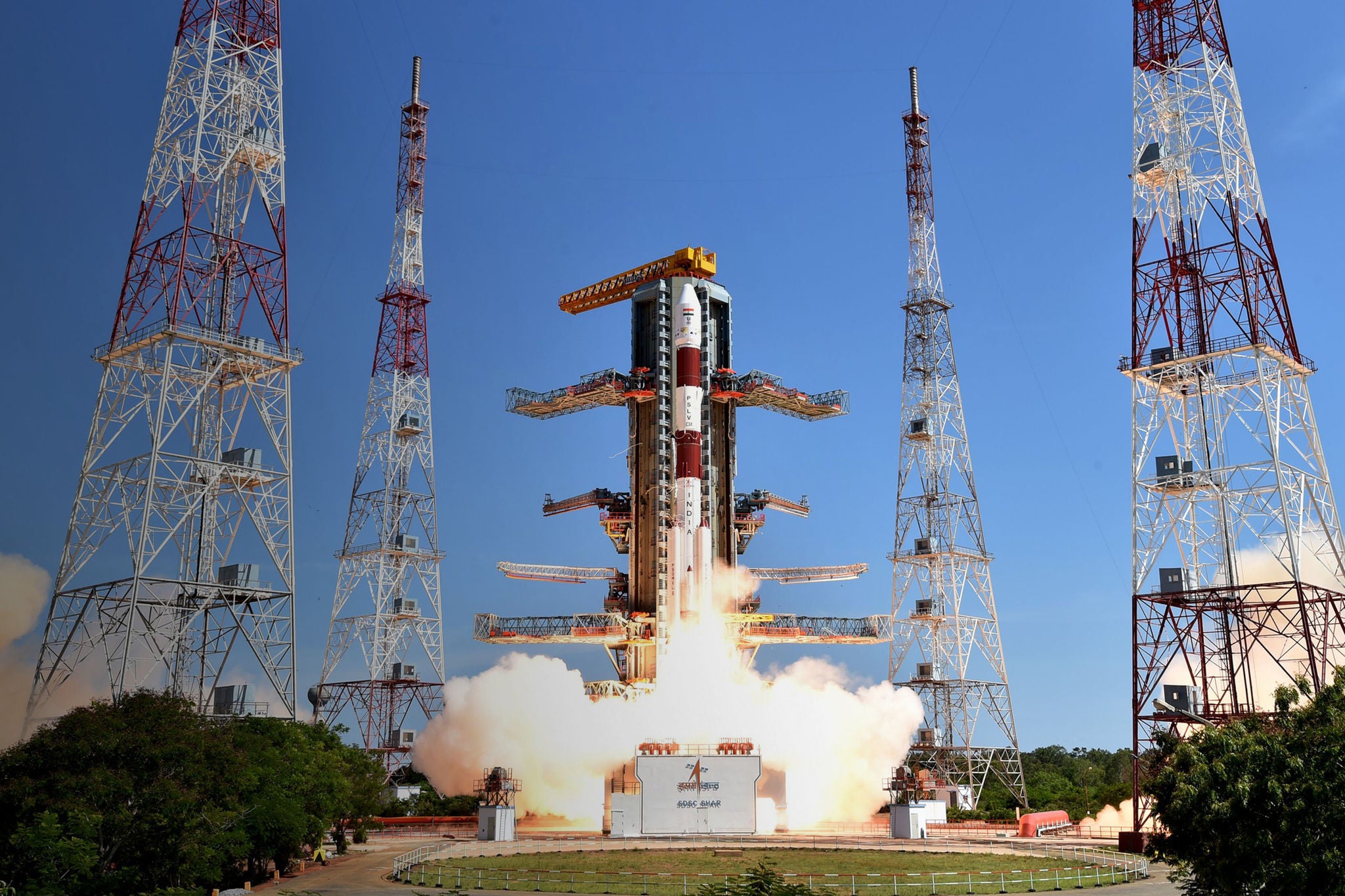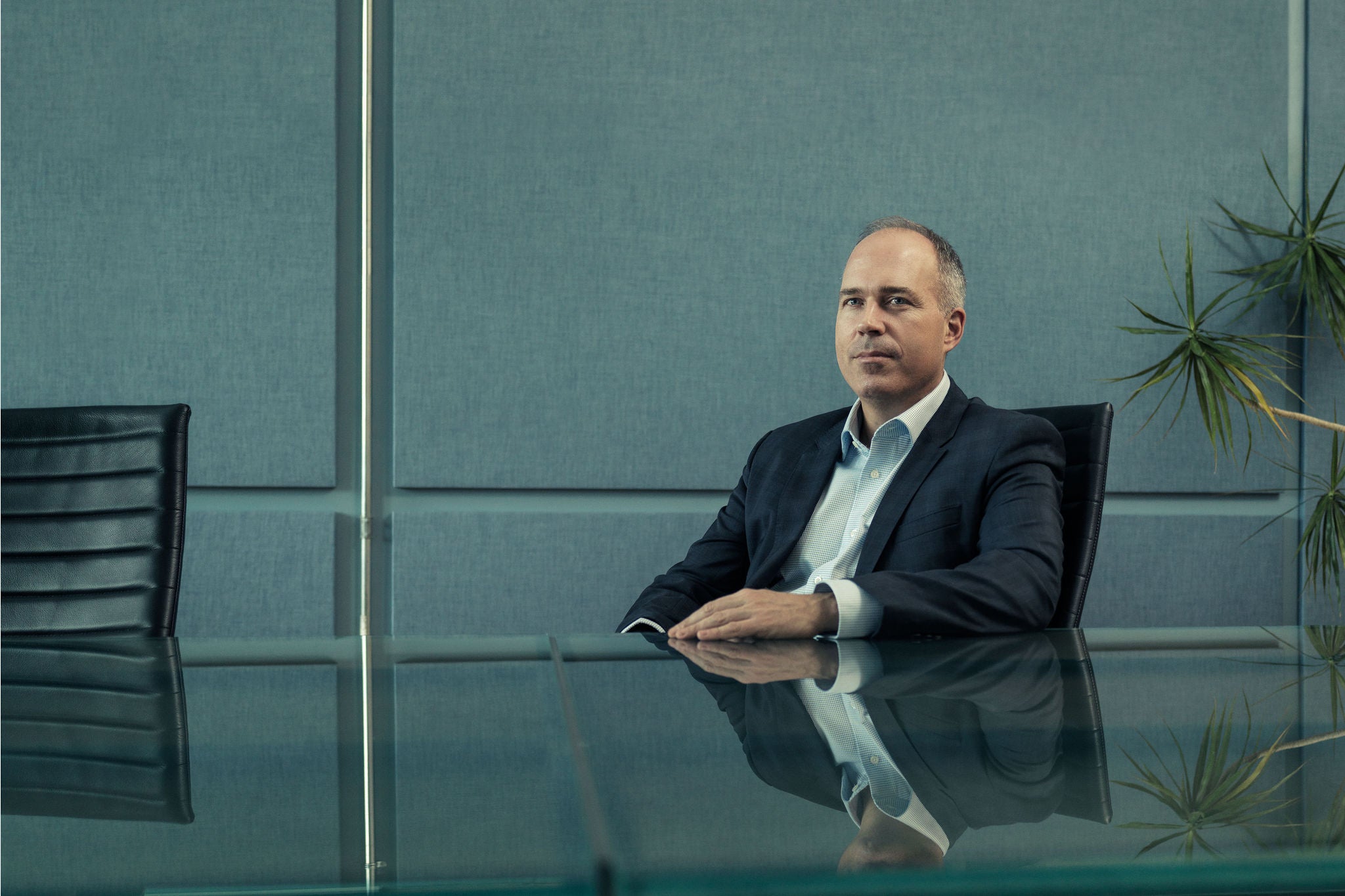EY refers to the global organization, and may refer to one or more, of the member firms of Ernst & Young Global Limited, each of which is a separate legal entity. Ernst & Young Global Limited, a UK company limited by guarantee, does not provide services to clients.
How EY can help
-
Supporting organizations with physical and transition risks associated with climate change, and assisting them with market and regulatory changes.
Read more
What we can learn
Better, neutral, standardized emissions data should lead to better-informed political decisions to help the world more effectively navigate to a more sustainable future. “This sort of approach could be a game changer in identifying the most impactful policy areas to focus on at national and supranational levels,” says Thibaut Millet, EY Canada Climate Change and Sustainability Leader.
Better, larger data sets could streamline paperwork, ease compliance for companies, and provide real-time visibility for regulators. “It could be very useful for regulators who want to keep track of whether and how corporates are doing what they're supposed to do to meet regional or country level targets,” says Alexis Gazzo, EY France Climate Change and Sustainability Partner.
Satellite emissions monitoring may have particularly important applications in industries where getting accurate data can be difficult due to the logistics of installing on-site measuring equipment, as in maritime trade or agriculture.
It will be the organizations that use these insights to better understand the challenges emerging over the next five to ten years, that will be best positioned to develop new concepts and business models that meet the needs of both their customers – and the planet.





